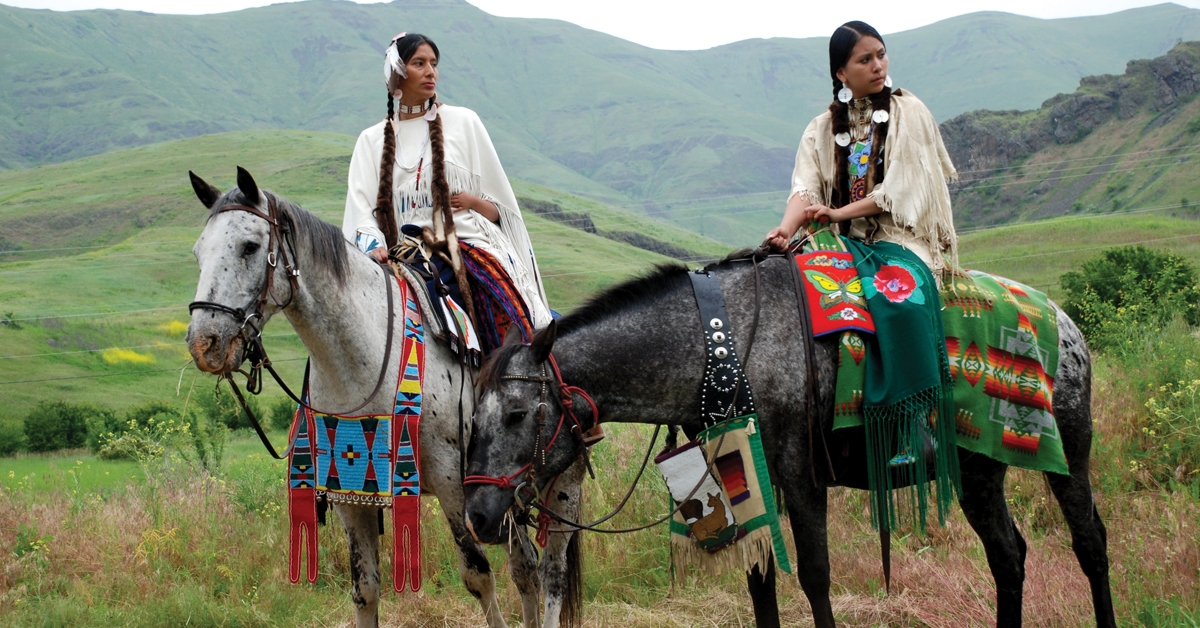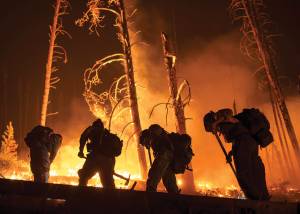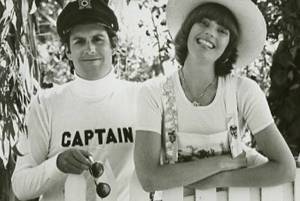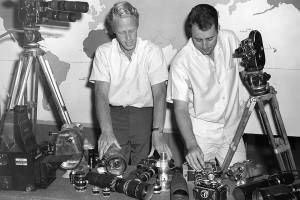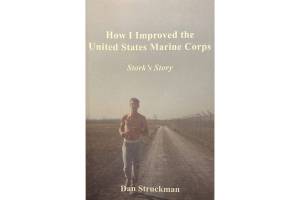By JACK McNEEL
The Nez Perce Tribe is likely the best recognized of Idaho’s tribes. Their close association with the Lewis and Clark Expedition in 1805 on their western journey and again on their return eastward in 1806 made the tribe’s name recognizable across the country.
The expedition spent several weeks with the tribe each year, more than any other tribe, and the expedition likely would not have survived without the help of the Nez Perce.
The name Nez Perce comes from a French word meaning “pierced nose” and was given them by early trappers. It’s unknown why that name was applied as they did not pierce their noses, although some other tribes did.
They called themselves Nimiipuu which means “the people,” and that term is again returning to use.
Many names stand out, most notably Chief Joseph through his leadership during the Nez Perce War of 1877 and their flight of several months evading and outwitting U.S. military troops.
That flight ended in the Bear Paw Mountains of Montana, just a short distance from Canada where the tribe would have been safe from the U.S. military.
It was there Chief Joseph said, “From where the sun now stands I shall fight no more forever.”
The tribe never wanted war, and the tribe fled to avoid war.
The first battle was at White Bird in Idaho and then progressed through Montana.
The Big Hole Battle in Montana wasn’t so much a battle as a massacre with army troops shooting into tipis at daylight with dozens killed, including many youngsters and women.
The military kept pushing the tribal people for roughly 1300 miles to the Bear Paws. Annual memorials at several locations help tribal members heal from those memories of family members killed.
An annual horseback ride takes place each summer along the trail that the tribe followed during that summer and fall of 1887. Each year riders cover roughly 100 miles, so it takes about 12 years to complete the full distance. The ride is not restricted to native people but open to riders of all nationalities.
The Nez Perce historic homeland covered approximately 16 million acres in what is now Washington, Oregon, and Idaho. That size was reduced to 7.5 million acres by the Treaty of 1855 and further reduced to 770,000 acres after the discovery of gold in the region.
Even with that reduction, it remains Idaho’s largest Indian reservation and covers much of north-central Idaho east and south of Lewiston. Some of the larger towns within the reservation are Craigmont, Orofino, and Kamiah. Tribal headquarters are in Lapwai.
The tribe is a major contributor to the Idaho economy. The University of Idaho conducted a study in 2013/14 to show the economic impact of Idaho’s five reservations to Idaho’s economy. That’s a bit out of date now, but the information is still interesting.
The Nez Perce Tribe at that time had over 1,400 employees and contributed nearly $193 million to the Idaho economy. Local and state taxes the tribe generated reached nearly $10 million.
They have a huge fisheries program with several hatcheries, approximately 200 employees, and an annual budget of $20 million. That includes over 100 full-time jobs, which are paid at the federal level. They have co-management responsibilities in portions of the three northwestern states and the main stem of the Columbia River.
The tribe has been instrumental in bringing fall Chinook salmon back from the brink of extinction, plus bringing Coho salmon back from near extinction as well.
The Nez Perce Tribe received a prominent national award in 2015 through an organization called the Harvard Project. This organization at Harvard University, also affiliated with the University of Arizona, annually recognizes tribes who exhibit outstanding examples of tribal governance. All tribes can apply.
In 2015 the Nez Perce Tribe was one of just six selected from 87 applicants for that award.
The tribe breeds highly prized appaloosas and is believed to be the first tribe in the U.S. to selectively breed horses for specific traits.
Lewis and Clark compared their appaloosas to “the best blooded horses of Virginia,” and they are now the official State Horse of Idaho.
The oldest ongoing church in Idaho is the First Indian Presbyterian Church in Kamiah. Established in 1871, it remains in service today and is listed in the National Register of Historic Places.
Persons visiting the Nez Perce Reservation should consider a stop at the Nez Perce Park National Historical Park Visitor Center. They run a movie for visitors if you’d like to orient yourself to the many different historical events and locations you might like to visit. The museum is full of many examples of Nez Perce bead and quill work, basketry, clothing, etc., plus the tribal employees on site can advise on activities and places to visit.
The museum lies alongside the Clearwater River, about 10 miles from Lewiston and adjacent to the old community of Spalding, which dates back to the 1830s when the Reverend Henry Spalding established a mission there.
For those who might enjoy an opportunity to try their luck at gambling, the Clearwater Casino and Lodge lies just west of the Visitor Center and about 4 miles from Lewiston. It’s recently been updated and expanded. It provides excellent food and lodging with 50 non-smoking rooms, 700 gaming machines, and an event center that can accommodate 1,500 people. A cultural walk within the building exhibits many traditional arts on loan from the Historical Park Visitor Center. The single most dominant feature is a massive statue of Chief Joseph. ISI

